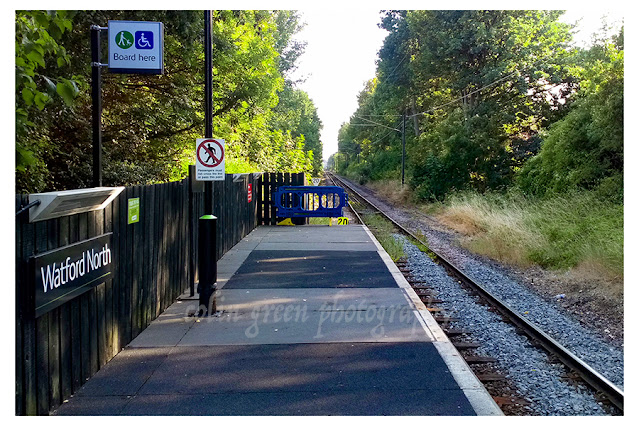Some landmarks aren't just bricks and mortar; they're living chronicles, evolving with the pulse of a community. For me, The Piece Hall in Halifax is one such place. Being right on my doorstep has allowed me to witness its incredible transformations first hand, not just as a casual observer, but through the lens of a camera.
From Humble Beginnings to a Photographic Passion
My photographic journey with The Piece Hall began in December 2013. Back then, I was a nascent enthusiast, armed with just a Samsung Tablet. My aim was to capture the hall before it closed its doors in January 2014 for a monumental £19 million, three-year restoration project. Little did I know that this initial visit would spark a deeper interest in photography, prompting me to return in 2017 after its grand reopening. The difference was astonishing – from a tired, aging space to a vibrant hub of shopping, leisure, and community.
A Tapestry of History: The Piece Hall Through the Ages
Opened on January 1st, 1779, The Piece Hall was originally conceived as a bustling marketplace for local cloth traders. Imagine the clamour of merchants, the rustle of fabrics, and the vibrant exchange of goods that once filled its grand courtyard. However, as the textile industry modernized and industrialized, the hall's traditional role waned. In 1868, it was acquired by the Halifax Corporation and soon converted into a wholesale market, a function it maintained until 1971. At this point, with the wholesale market dispersed, the unthinkable was considered: demolition.
Thankfully, this fate was averted. After a period of refurbishment, the hall reopened on July 3rd, 1976, reborn as a tourist destination featuring shops, a museum, and an art gallery, along with an outdoor market. Yet, visitor numbers once again began to decline. This led the Calderdale Council to devise a comprehensive plan, securing funding from various sources for another extensive refurbishment. The hall closed its doors to the public on January 16th, 2014, for its much-anticipated three-year transformation.
The grand reopening on August 1st, 2017, coinciding with Yorkshire Day, marked a new era for The Piece Hall. Today, it’s a thriving space offering restaurants, bars, shops, and live entertainment, including music concerts. It even proudly served as the starting point for the renowned Tour de Yorkshire.
A Heritage Protected: Grade I Listed Status
The Piece Hall's significance extends far beyond its commercial history. On November 3rd, 1954, it was granted Grade I listed status, a testament to its exceptional historical, architectural, and cultural importance. The reasons cited were compelling:
- Historic interest: Its unique role in the cloth trade.
- Rarity: It stands as the only remaining cloth hall in Yorkshire.
- Architectural interest: Its distinctive and impressive design.
- Architectural layout: The remarkable and innovative structure of the building itself.
Overlooking the hall are Beacon Hill and the spire of the Square Church. Only the spire remains of the church, damaged by fire and partially demolished in the 1970s, now forming an integral part of the recently opened Halifax Central Library.
Whispers of the Past: Supernatural Tales and Enduring Mysteries
Like many old buildings, The Piece Hall isn't without its share of intriguing supernatural stories. One of the units in the southwest corner is said to be haunted by the ghost of a young girl known as Amy. The popular TV show Derek Acorah's Ghost Towns even broadcast from the hall in March 2006, with Acorah claiming to have made contact with spirits named Mary and Joseph in the cellars.
Another enduring mystery surrounds the Hand Prints at the Westgate entrance. Though sadly less visible than they once were, these prints have spawned numerous local legends. Some believe they were left by a local witch, while a more widely known story suggests they were imprinted by a murderer making his desperate escape. These tales add another layer of intrigue to an already fascinating historical landmark.
My most recent photographic outing to The Piece Hall was on October 12th, 2019, using a Nikon D3300. These images, along with others taken on various occasions with different cameras, aim to capture the enduring spirit and evolving beauty of this remarkable building.
Clicking any of the images below should open a link in another window to my Colin Green Photography store on Zazzle.

.jpg%2012%2010%202019.jpg)
















%2020%2010%202018.jpg)
%2020%2010%202018.jpg)


%2012%20x%208.jpg)
%20copy.jpg)
%20copy.jpg)
%20copy.jpg)
.jpg)
%2012%20x%208%20.jpg)
%20copy.jpg)















































